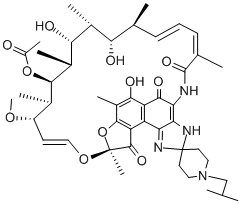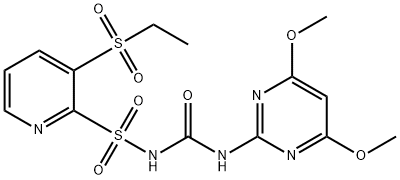PRODUCT Properties
| Melting point: | 1966 °C (lit.) |
| Boiling point: | 3727 °C (lit.) |
| Density | 12.41 g/cm3 (lit.) |
| storage temp. | Inert atmosphere,Room Temperature |
| solubility | insoluble in acid solutions, slightly soluble in aqua regia |
| form | wire |
| Specific Gravity | 12.41 |
| color | Red |
| PH | 0.5 (20°C in H2O) |
| Resistivity | 4.33 μΩ-cm, 20°C |
| Water Solubility | Insoluble |
| Merck | 14,8186 |
| Exposure limits | ACGIH: Ceiling 2 ppm OSHA: Ceiling 5 ppm(7 mg/m3) NIOSH: IDLH 50 ppm; Ceiling 5 ppm(7 mg/m3) |
| CAS DataBase Reference | 7440-16-6(CAS DataBase Reference) |
| NIST Chemistry Reference | Rhodium(7440-16-6) |
| EPA Substance Registry System | Rhodium (7440-16-6) |
Description and Uses
Rhodium is one of the platinum group elements, and is found at very low concentrations in the Earths crust. Rhodium was discovered by William Hyde Wollaston (England) in 1804. The origin of the name comes from the Greek word rhodon, meaning rose. The plated solid is very corrosion resistant and exceptionally hard. While inert in air and acids, it can produce a violent reaction to chlorine, bromine pentafluoride, bromine trifluoride, and fluorine monoxide.
As an alloy with platinum; as a corrosion-resistant electroplate for protecting silverware from tarnishing; for making high-reflectivity mirrors for cinema projectors, searchlights. Spongy or black rhodium is used as a catalyst in various organic hydrogenation and oxidation reactions.
Safety
| Symbol(GHS) |    GHS07,GHS08,GHS02 |
| Signal word | Danger |
| Hazard statements | H315-H319-H228-H413-H332-H335-H373 |
| Precautionary statements | P210-P240-P241-P280-P370+P378a-P261-P305+P351+P338-P405-P501a-P260-P314-P304+P340-P312a-P403+P233 |
| Hazard Codes | C,Xi,F |
| Risk Statements | 36/38-11-36/37/38-36-34-23 |
| Safety Statements | 26-24/25-16-22-36-17-45-36/37/39 |
| OEB | D |
| OEL | TWA: 0.1 mg/m3 |
| RIDADR | UN 3089 4.1/PG 2 |
| WGK Germany | 3 |
| RTECS | VI9069000 |
| TSCA | Yes |
| HazardClass | 4.1 |
| PackingGroup | III |
| HS Code | 7110390000 |
| Hazardous Substances Data | 7440-16-6(Hazardous Substances Data) |
| IDLA | 100 mg Rh/m3 |





